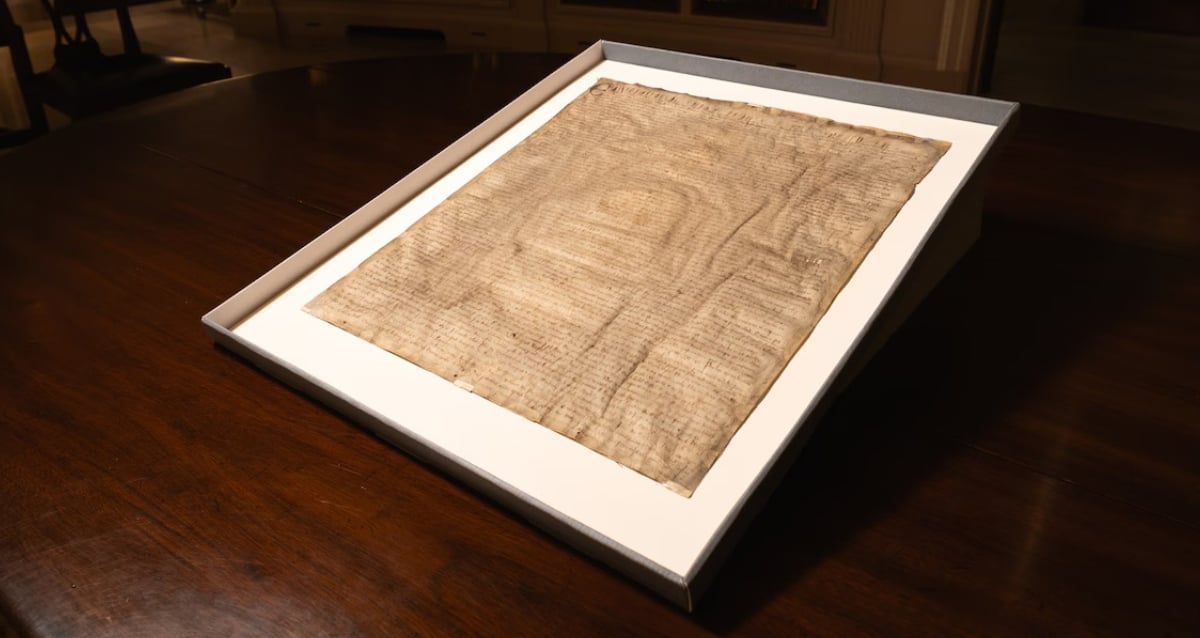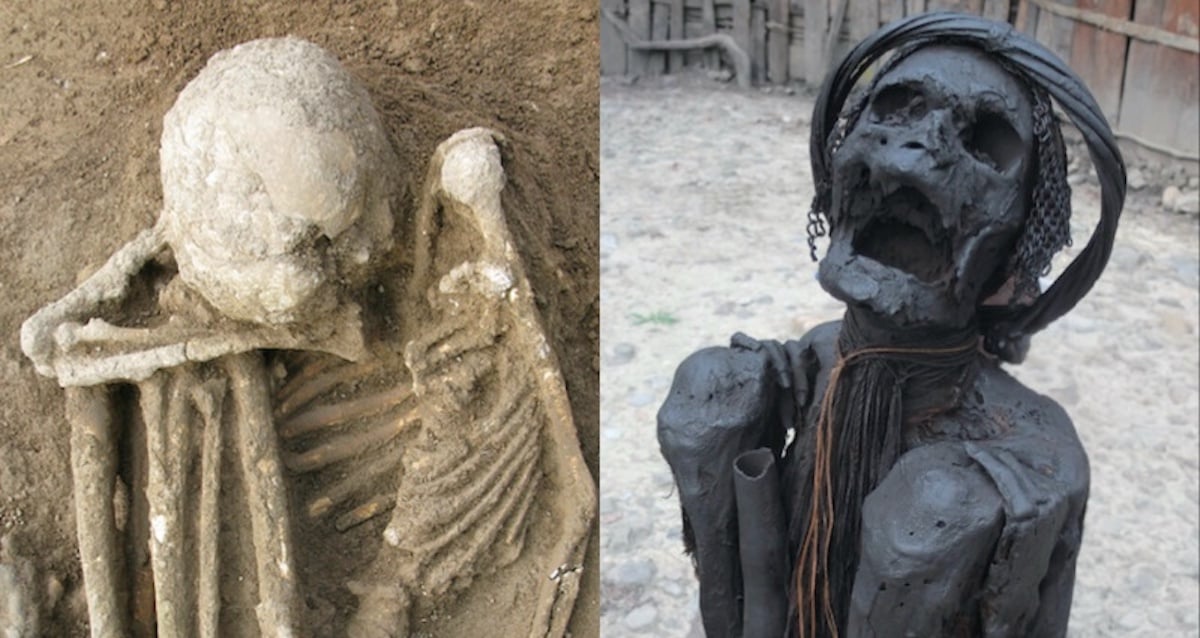Harvard’s Forgotten Stained Document Holds a Shocking Secret: An Original 1300 Magna Carta Unveiled After Decades
Imagine buying something for less than the price of a decent dinner back in ’46, tucking it away, and only decades later realizing you’d snagged an actual medieval crown jewel—not a trinket, but an original Magna Carta from 1300 issued by King Edward I. Harvard University did exactly that with a document once dismissed as a mere replica, paid a modest $27.50, and stashed it in the archives, unaware it was among the select few surviving originals of one of the most revolutionary legal instruments ever crafted. Who knew that a dusty old parchment could outshine your favorite Netflix drama with its saga of kings, barons, and the fight to hold rulers accountable—like a centuries-old mic drop on royal absolutism? It makes you wonder: How many other “forgotten replicas” are hiding in plain sight, waiting to rewrite history? Strap in, because this isn’t your usual dusty museum piece; it’s a cornerstone of freedoms, rediscovered. LEARN MORE
Purchased for just $27.50, this document was believed to be a mere replica, but a medieval history professor searching Harvard’s archives recently determined that it’s actually an original Magna Carta issued by King Edward I.

Lorin Granger/Harvard Law SchoolThe Magna Carta found at Harvard University was consistent with other originals issued by King Edward I.
In 1946, Harvard University purchased what it believed to be a replica of the Magna Carta, the historic document signed by King John of England in 1215 that limited the power of the monarchy and established that no man was above the law. At the time, the university paid $27.50 (around $462 today) for the document, and it had been sitting in their archives ever since.
However, British researchers recently discovered that Harvard’s Magna Carta was no mere copy, but rather an original issued by King Edward I in 1300 — one of just seven that have survived to the present day.
In a statement released by the university, David Carpenter, the professor of medieval history at King’s College London who made the discovery, called this newly rediscovered Magna Carta “one of the world’s most valuable documents.”
“This is a fantastic discovery,” Carpenter said. “Harvard’s Magna Carta deserves celebration, not as some mere copy, stained and faded, but as an original of one of the most significant documents in world constitutional history, a corner stone of freedoms past, present and yet to be won.”
Why The Magna Carta Is One Of The Most Important Documents In History

Lorin Granger/Harvard Law SchoolThe large “E” as well as other features of this document were characteristic of all the other originals from 1300.
The Magna Carta, or “Great Charter,” was signed by King John of England on June 15, 1215, at Runnymede, a meadow by the River Thames. The document effectively served as a peace treaty between the king and a group of rebellious barons who had felt the king was behaving like a tyrant. King John’s rule had been plagued by heavy taxation, arbitrary justice, and military failures, which sowed discontent among his people.
The Magna Carta was a written agreement that attempted to limit the powers of the monarchy and assert that the king, like anyone else, was subject to the law. It was a radical idea for the time, of course, given that kings had long been considered to have divine right and to only be accountable to God.
The document contains 63 clauses addressing various grievances, including protection of church rights, access to swift justice, and limitations on feudal payments to the Crown. One of its most famous clauses, for instance, states: “No free man shall be seized or imprisoned, or stripped of his rights or possessions… except by the lawful judgment of his equals or by the law of the land.”
As the Magna Carta established foundational principles of law and due process, it inspired the development of constitutional law in England. Naturally, it also heavily influenced foundational documents like the United States Constitution and the Bill of Rights. It’s little wonder why the document is still so fascinating to historians in the modern age.
Professor David Carpenter just so happened to be one of those scholars deeply fascinated by the Magna Carta. So, as he was studying unofficial copies of this document, he came across the digitized version of the one belonging to Harvard, dubbed HLS MS 172.
That’s when he made his remarkable discovery.
Researchers Identify Harvard’s Magna Carta As An Original From 1300

M.B. Toth/R.B. Toth AssociatesThe Harvard Magna Carta being prepared for multispectral imaging.
Comparing the digitized HLS MS 172 with other originals, Carpenter quickly began to suspect that he was not looking at a replica. He contacted Professor Nicholas Vincent, another medieval history professor at the University of East Anglia, to help with his investigation.
When Harvard University acquired the document in 1946, it was told that the alleged copy had been dated to 1327 — still quite old, but given how many copies of the document exist, nothing all that special. But Carpenter and Vincent said they both immediately recognized that HLS MS 172 was no mere copy.













